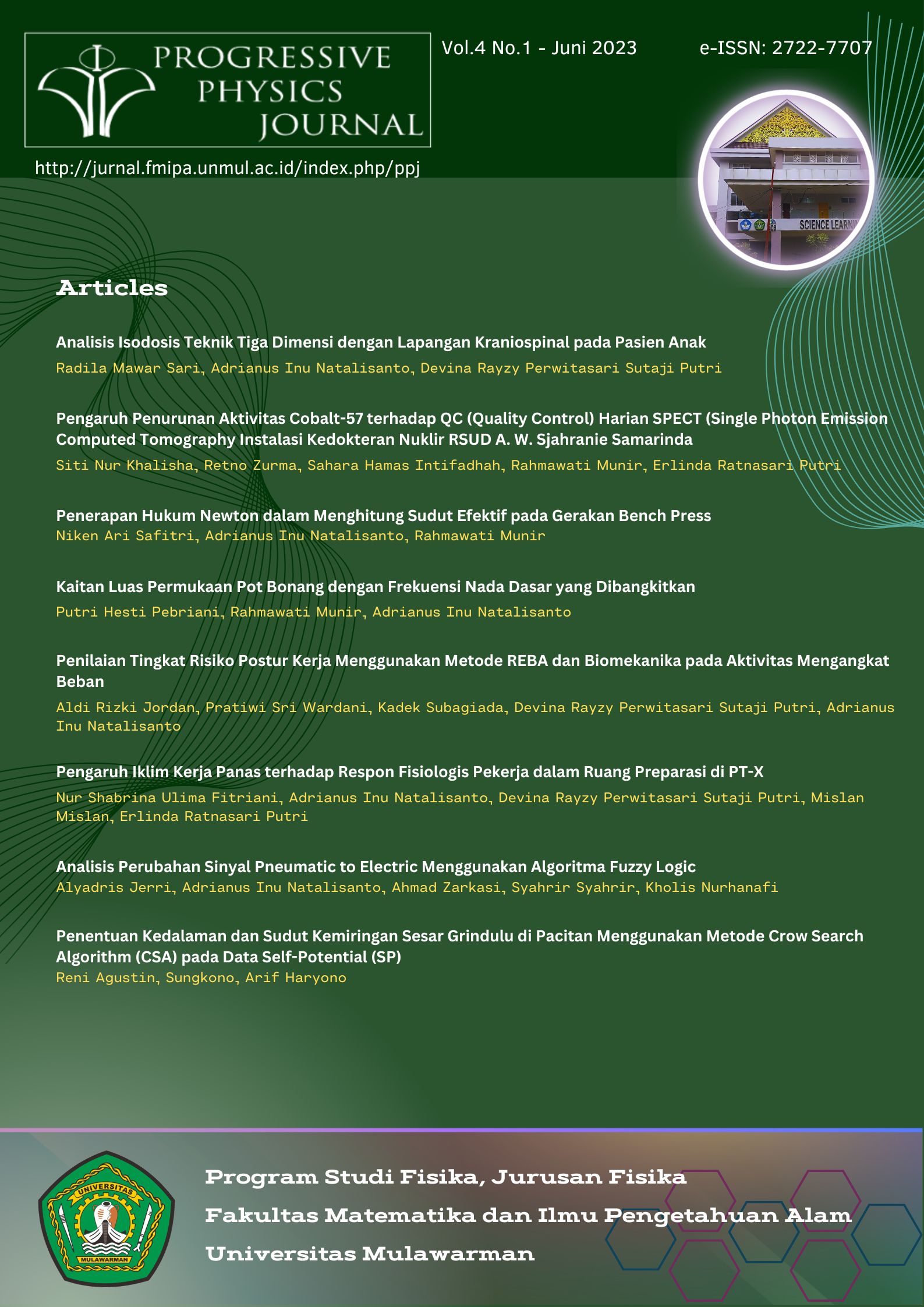Analisis Perubahan Sinyal Pneumatic to Electric Menggunakan Algoritma Fuzzy Logic
DOI:
https://doi.org/10.30872/ppj.v4i1.1029Keywords:
current, fuzzy logic, pneumatic signalAbstract
Control valve is a tool in the oil and gas industry that works by relying on actuators as a driving force. For example, pneumatic actuators work with air pressure as driving energy, and standard signals are used for pneumatic. The signal is converted into a current signal using fuzzy as an application of artificial intelligence systems in the industrial sector. The method used in this study is the utilization of fuzzy logic with the Mamdani method using the software MATLAB. The results will be compared with data from companies and P/I simulation data. Pressure pneumatic algorithm system fuzzy by paying attention to the range of signals used. Company data and P/I converter simulation data are not much different, but the line equation obtained is slightly different. Meanwhile, the fuzzy logic data has slightly different data from the previous data caused by the rules of the fuzzy. Thus, the use of fuzzy logic pressure pneumatic signals to flow signals can be said to be quite capable of being used in these systems by paying attention to the range of signals and rules needed. The comparison results that have been tested have data results that are not much different based on the difference in the value of the current signal and the error value obtained below 2.5%.







